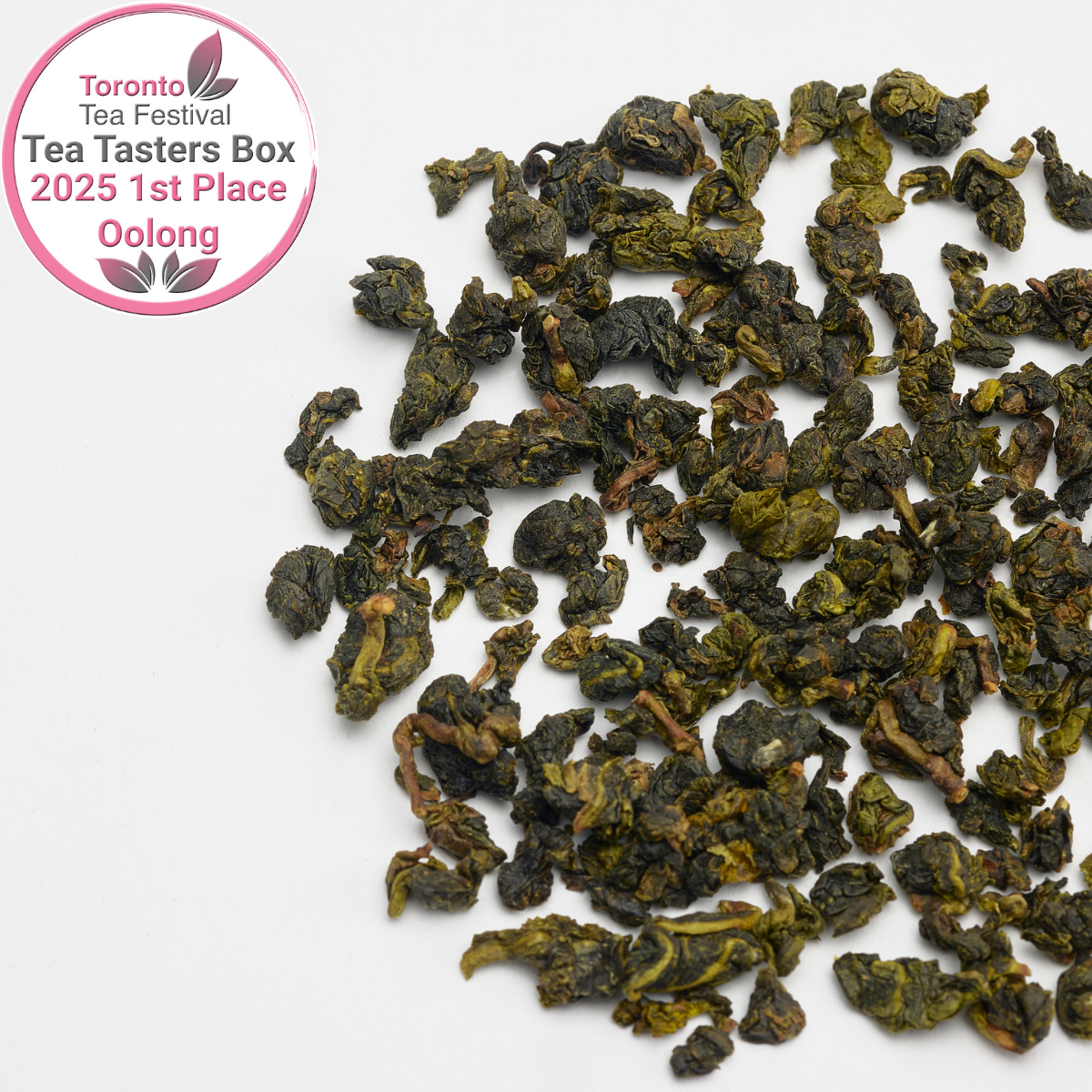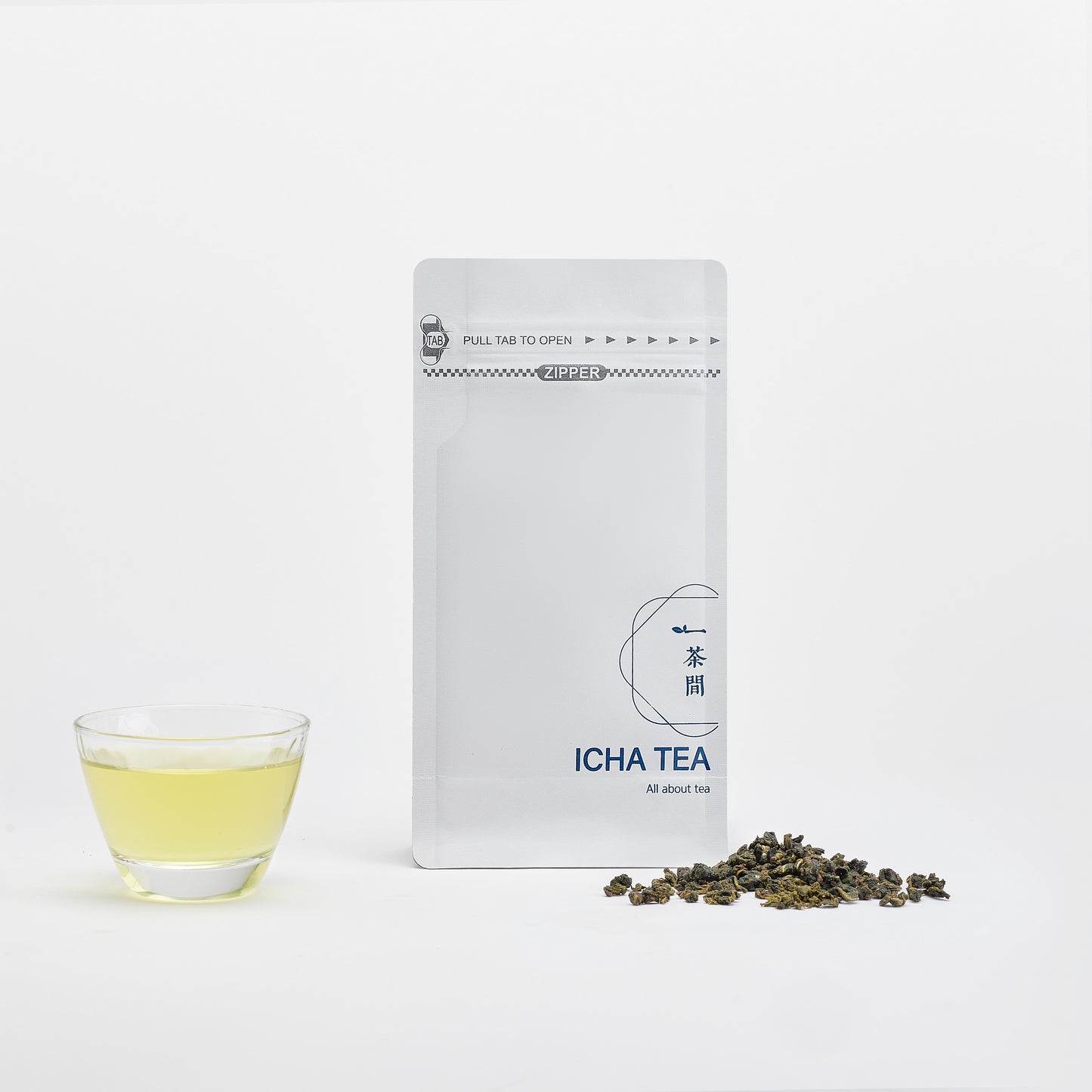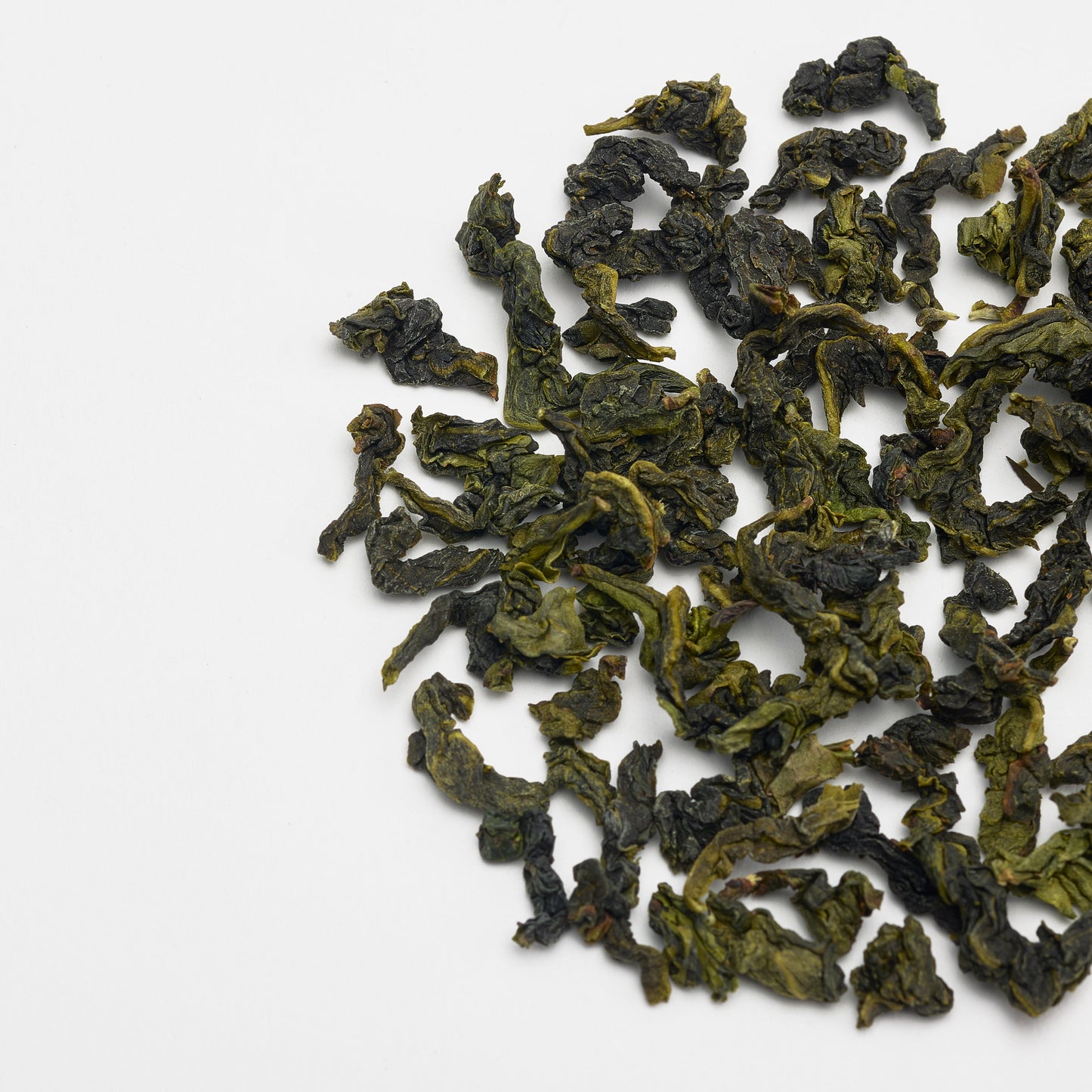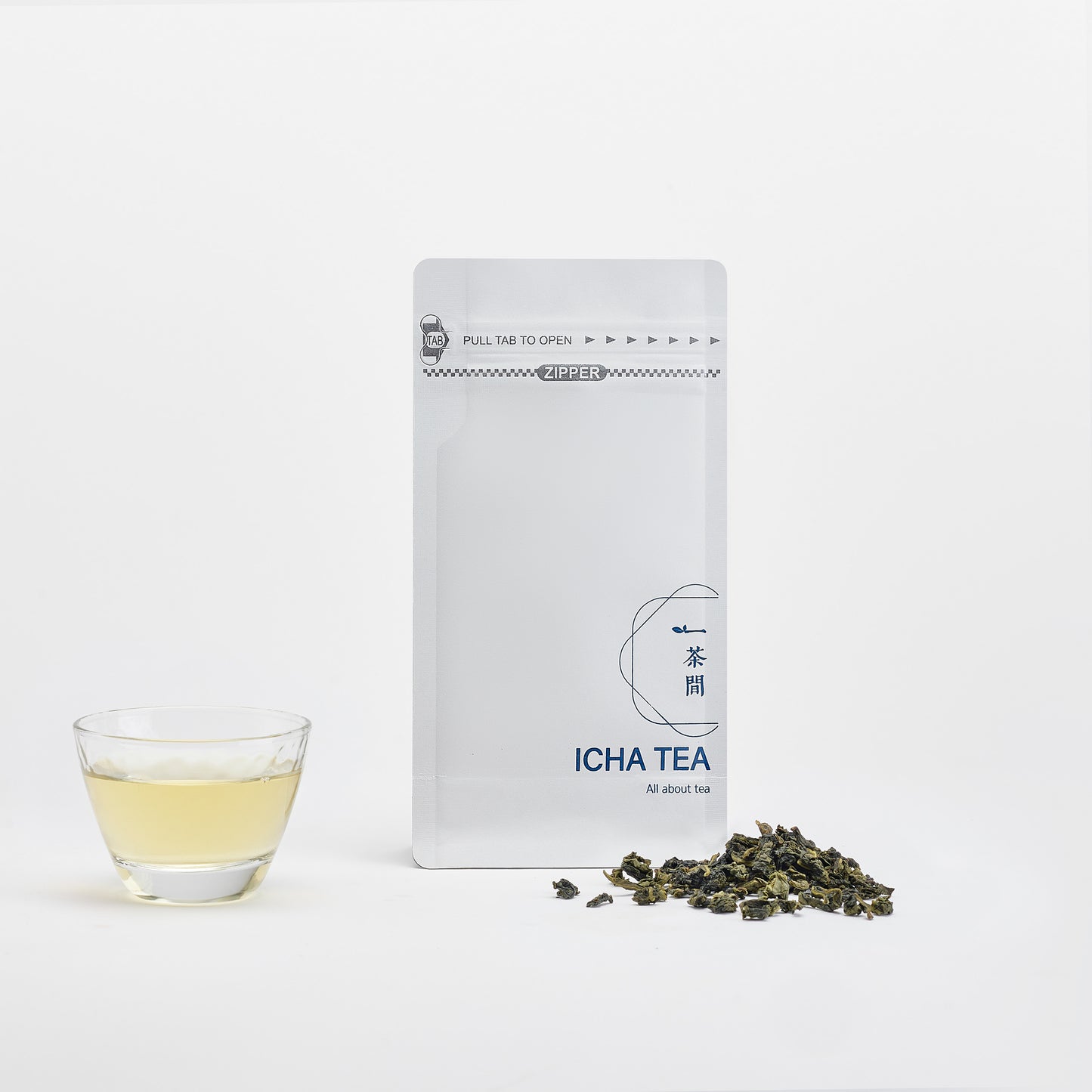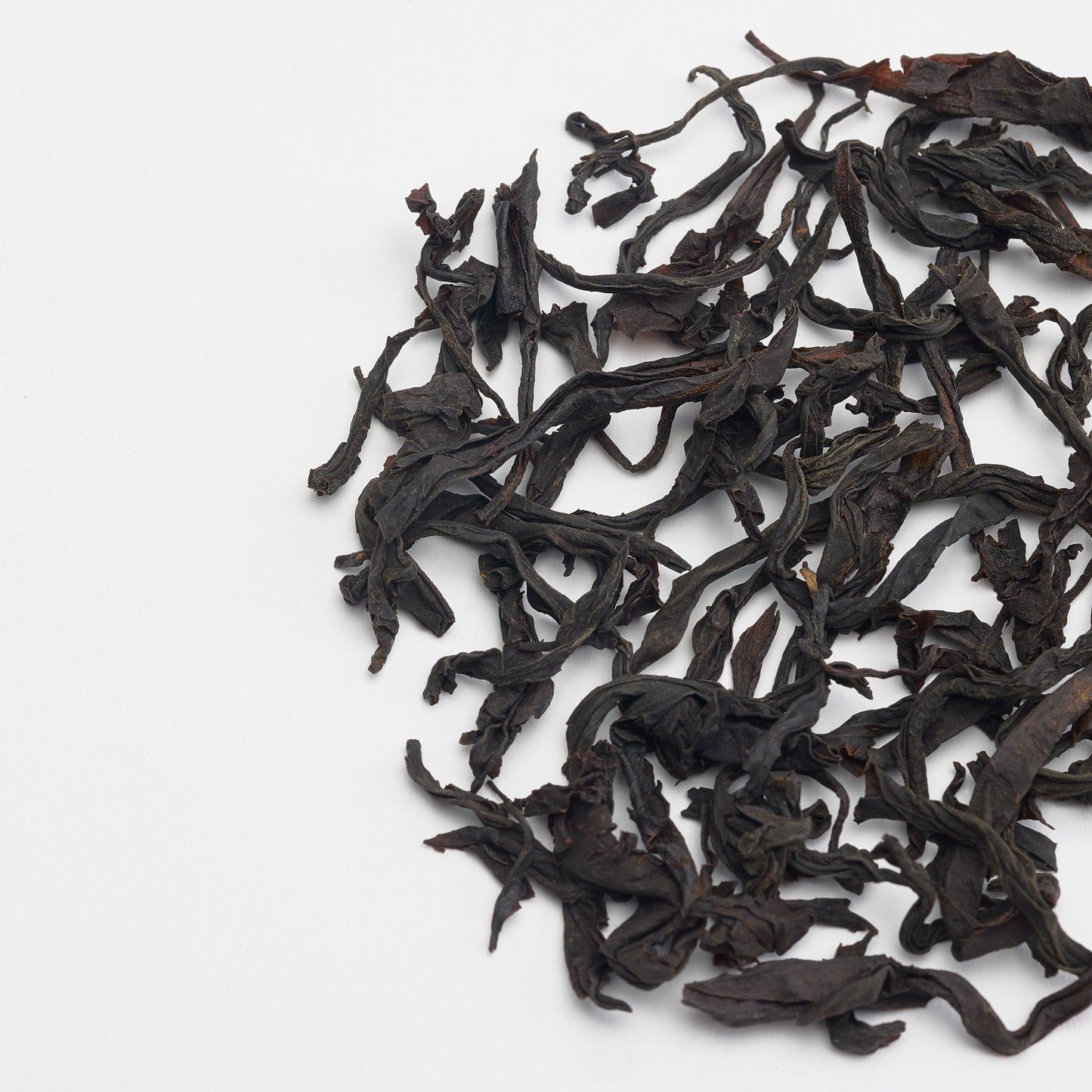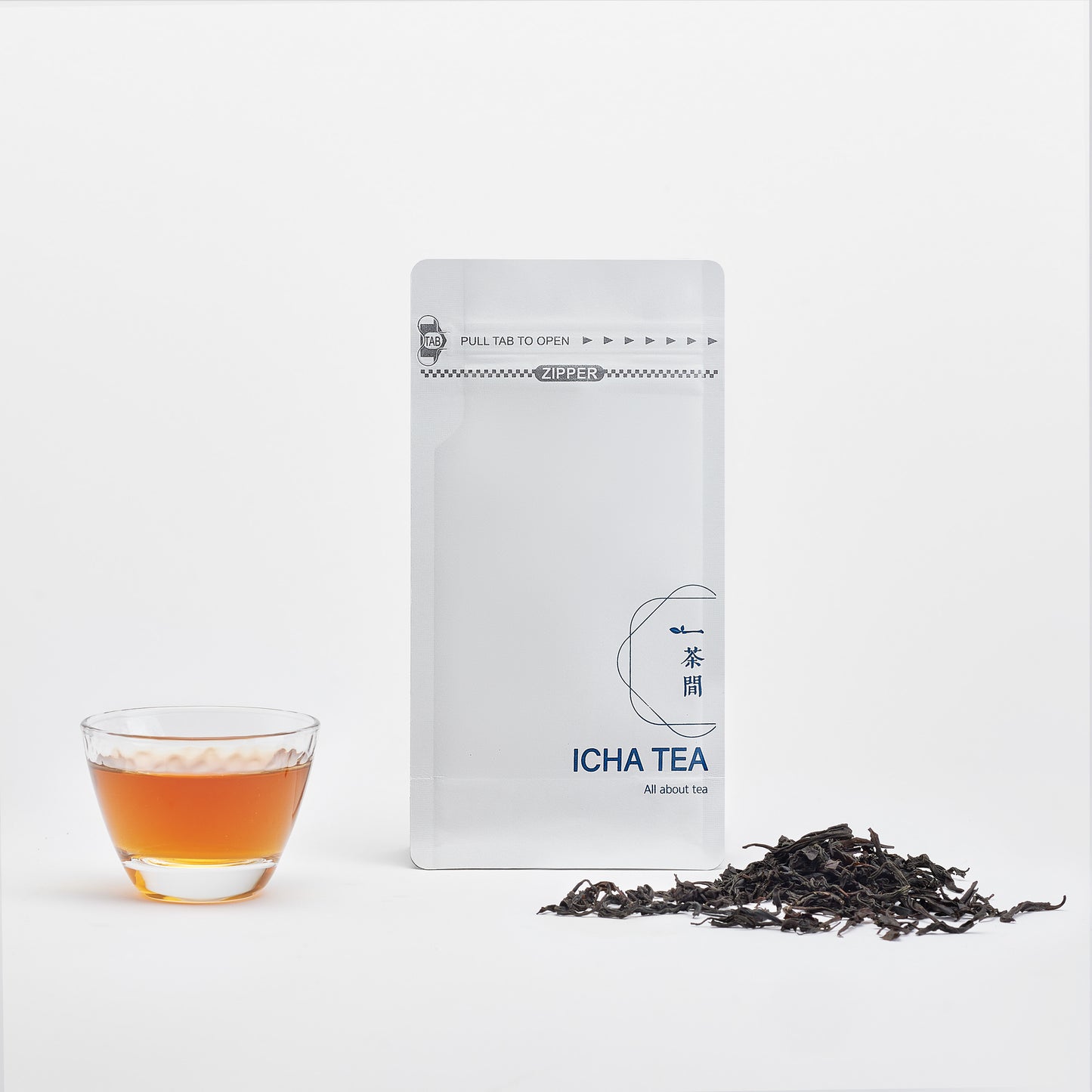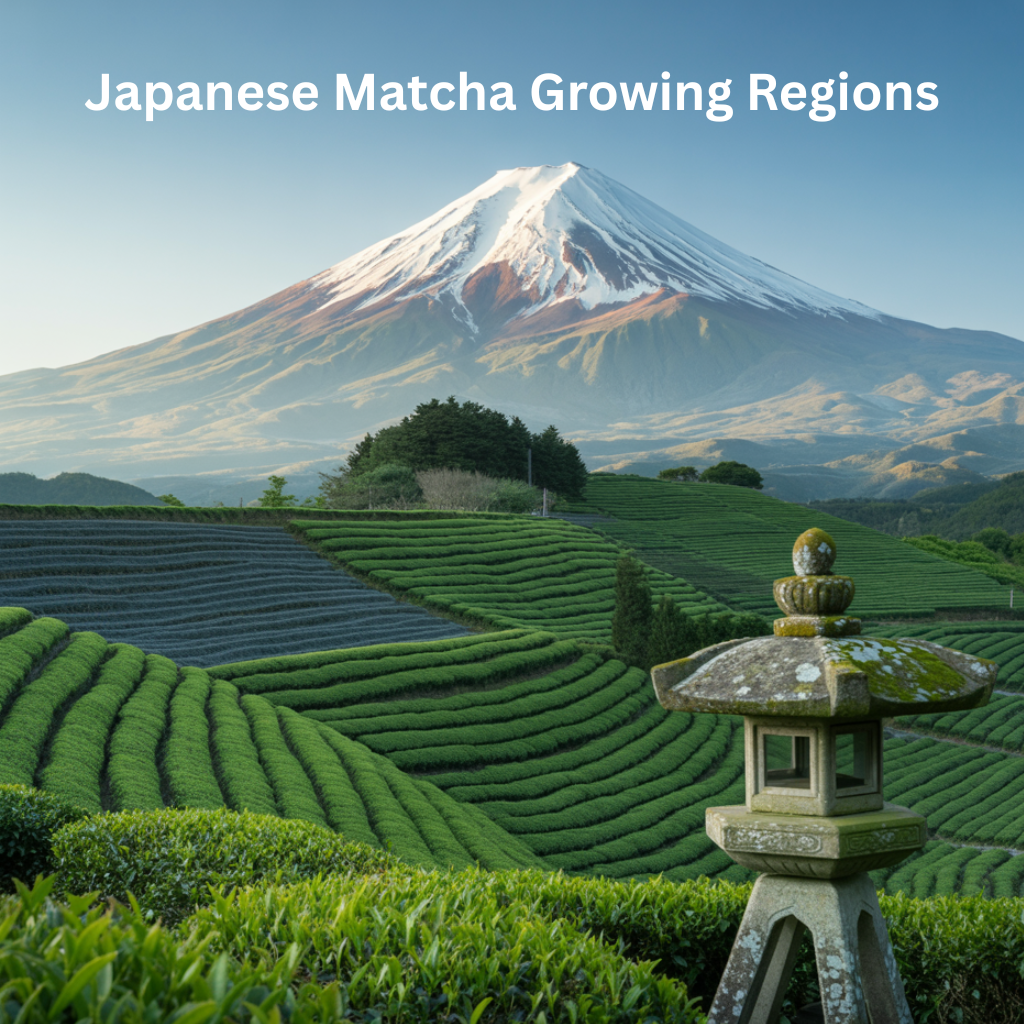
Where Does The Matcha We Love Come from?
The rolling hills of Japan's tea regions hold centuries-old secrets that transform simple leaves into the world's most prized matcha. Just as wine reflects its terroir, matcha's distinctive character emerges from the unique geography, climate, and soil of its birthplace. From the misty valleys of Kyoto to the volcanic plains of Kyushu, Japan's premier growing regions each contribute their own signature to this extraordinary green powder. Understanding these regional differences unlocks the key to choosing authentic, high-quality matcha that honours both tradition and taste.
Understanding Matcha Terroir
What Makes a Great Matcha Region
The finest matcha emerges from a delicate balance of environmental factors that have evolved over centuries. Temperature fluctuations between day and night enhance amino acid development, while consistent humidity levels maintain the tender leaves essential for premium powder. Rainfall patterns must provide adequate moisture without overwhelming the plants, creating the perfect stress that concentrates flavor compounds.
Soil composition plays an equally critical role in flavor development. Rich, well-draining earth allows roots to access minerals that translate directly into umami depth and vibrant color. Traditional cultivation methods, preserved through generations of master growers, ensure that each region maintains its distinctive character while adapting to modern quality standards.
The Geography Factor
Japan's southern regions dominate matcha production due to their naturally favorable microclimates. Mountain valleys create protective barriers against harsh weather while trapping beneficial morning mists that naturally shade developing leaves. These geographical advantages, combined with remoteness from industrial development, preserve the pristine conditions necessary for authentic terroir expression in every harvest.
Uji: The Birthplace of Premium Matcha
Historical Significance
Uji's 800-year history of tea cultivation dates back to the Kamakura period¹, establishing it as the undisputed birthplace of Japanese matcha culture. Buddhist monasteries first cultivated tea here, developing the spiritual connection between meditation and matcha that continues today. Through centuries of refinement, Uji became synonymous with ceremonial-grade matcha, earning recognition as Japan's premier tea region.
Traditional cultivation methods, passed down through generations of artisan families, maintain Uji's reputation for excellence. These time-honoured techniques, combined with modern quality controls, ensure that every harvest meets the exacting standards that made Uji famous worldwide.
Terroir Characteristics
Kyoto Prefecture's unique climate creates ideal conditions for matcha cultivation. Fertile soil composition, enriched by ancient river deposits, provides the mineral foundation for complex flavour development. The region's famous misty conditions naturally shade tea plants²'¹⁰, reducing direct sunlight exposure that enhances chlorophyll concentration and creates matcha's signature vibrant green color.
Temperature fluctuations between seasons and daily cycles stress the plants beneficially, concentrating amino acids and creating the nuanced flavor profiles that distinguish Uji matcha from other regions.
Flavour Profile
Uji matcha displays a distinctive bright green colour that immediately signals its premium quality. The complex umami character features pronounced grassy undertones⁵'⁷ balanced by natural sweetness that masks any potential astringency. This creates a creamy mouthfeel with an exceptionally smooth finish that lingers pleasantly on the palate.
ICHA TEA's Matcha Suiu exemplifies these classic Uji characteristics, offering the full depth and complexity that made this region legendary among tea connoisseurs worldwide.
Nishio: The Production Powerhouse
Regional Overview
Aichi Prefecture's Nishio region represents modern matcha production at its finest. This region is responsible for approximately 20% of Japan's total tencha production³'⁴ and a reported staggering 60% representation in Japan's matcha market³'⁴. Nishio successfully balances traditional methods with modern efficiency. This combination allows consistent, high-quality production that meets growing global demand while maintaining authentic Japanese standards.
Modern cultivation techniques, including advanced shading infrastructure and sustainable farming practices, demonstrate how innovation can enhance rather than compromise traditional quality.
Growing Conditions
Nishio's fertile alluvial plains provide ideal conditions for large-scale cultivation without sacrificing quality. The consistent climate supports year-round tea farming, while advanced shading systems ensure optimal leaf development. Sustainable farming practices maintain soil health across generations, preserving the terroir that makes Nishio matcha distinctive.
Characteristics
Nishio matcha offers vegetal freshness with pronounced umami depth⁷, creating a robust flavor profile suitable for both traditional preparation and culinary applications. The consistent quality across different harvest seasons makes Nishio matcha an excellent value proposition for daily consumption, providing an authentic Japanese matcha experience at accessible prices.

Other Notable Regions
Kagoshima: The Southern Alternative
Kyushu island's volcanic soil advantages⁶'⁹ create a unique mineral profile that affects taste development. Sakurajima's volcanic ash⁹ enriches the soil with trace minerals that translate into distinctive flavor notes. The subtropical climate with rich volcanic ash content⁶'⁹ allows later harvest seasons, extending matcha availability while developing innovative cultivation methods that push quality boundaries.
Shizuoka: Traditional Excellence
Japan's largest tea-producing prefecture has adapted its expertise to matcha production with great success. Mountain-grown teas develop distinctive character through elevation and climate variations. Smaller-scale artisanal producers maintain quality focus while exploring regional varieties that offer unique flavour experiences.
ICHA TEA's Matcha Tensei showcases Shizuoka's commitment to excellence, demonstrating how traditional tea expertise translates beautifully into premium matcha production.
Emerging Matcha Regions
Several other prefectures contribute to Japan's expanding matcha landscape. Mie Prefecture, neighboring Kyoto, leverages its proximity to traditional growing regions while developing its own matcha identity. In Kyushu, both Miyazaki and Fukuoka have established tea cultivation practices that are increasingly focusing on matcha production. Meanwhile, Saitama's Sayama region brings northern perspectives to matcha cultivation, demonstrating how diverse climates across Japan can produce quality matcha with unique regional characteristics.
Choosing Matcha by Region
Understanding Regional Differences
Regional origin significantly affects matcha's flavour, colour, and overall quality. Price variations reflect both regional reputation and production costs, while seasonal considerations impact optimal freshness. Understanding these regional characteristics helps match personal preferences with the perfect matcha expression.
Making Informed Choices
Balancing regional reputation with personal taste preferences ensures the best matcha experience. Consider how region affects preparation methods – some regional styles excel in traditional whisking, while others shine in modern applications. Building appreciation for regional diversity enriches understanding of matcha's complexity and cultural significance.
Discovering Regional Excellence
Japan's matcha regions each offer unique expressions of this extraordinary tea, from Uji's ceremonial elegance to Nishio's robust character and emerging regions' innovative approaches. Authentic Japanese sourcing ensures quality while supporting traditional cultivation methods that preserve these regional treasures for future generations.
Experience the artistry of place in every bowl by exploring regionally-sourced matcha that honors both tradition and terroir. Whether seeking the historic prestige of Uji or the robust satisfaction of other regions, developing palate appreciation for these regional differences transforms matcha from a simple beverage into a cultural journey through Japan's most treasured landscapes.
You Might Also Enjoy These Matcha and Tea Related Articles
- How to Craft Starbucks Quality Matcha Lattes at Home
- Matcha Beauty Rituals, Japanese Secrets for Modern Skincare
- 3 Ways To Satisfy Your Sweet Cravings with Matcha
- What's Going On With This Matcha Shortage?!
- Matcha L-Theanine Benefits for Stress Reduction
- Order High-Quality Matcha here
References
- Japan Heritage. (2025). A Historical Walk through 800 Years of Japanese Tea — Yamashiro Region, Kyoto Prefecture. Available at: https://home.nihonisan-kyoto.kokosil.net/en/story
- Fujiwara, T. (2025, January 13). An Uji encounter with centuries of tea tradition. Nippon.com. Available at: https://www.nippon.com/en/japan-topics/g02456/an-uji-encounter-with-centuries-of-tea-tradition.html
- Nishio Tea Cooperative Association. (2025). Nishio Matcha: Regional Group Trademark. Available at: https://nishiomatcha.jp/en/nishiomatcha/
- Nakatsugawa, Y. (2025, March 27). Nishio remains at the center of matcha production in Japan. Tea & Coffee Trade Journal. Available at: https://www.teaandcoffee.net/feature/36475/nishio-remains-at-the-center-of-matcha-production-in-japan/
- European Speciality Tea Association. (2023, December 6). What is Uji matcha and why is it so high revered. Available at: https://specialityteaeurope.com/blog/2023/12/4/what-is-uji-matcha-why-is-it-so-high-revered
- Naoki Matcha. (2024, July 1). Why you need to start paying attention to Kagoshima matcha. Available at: https://naokimatcha.com/blogs/articles/kagoshima-matcha
- Ooika. (2024, June 2). 5 famous matcha regions in Japan (terroir guide). Available at: https://ooika.co/learn/matcha-regions-japan
- Reuters. (2025, July 4). Japan's heat-stressed matcha tea output struggles to meet soaring global demand. Interaksyon. Available at: https://interaksyon.philstar.com/trends-spotlights/2025/07/04/298740/japan-heat-stressed-matcha-tea-output-struggle-soaring-global-demand/
- Global Japanese Tea Association. (2025, January 25). Kagoshima profile. Available at: https://gjtea.org/japanese-tea-marathon/kagoshima/
- Horii Shichimeien. (2025). The story of the land that cultivated Uji tea. Available at: https://horiishichimeien.com/en/pages/story2
- Image of Japan Matcha Regions from: https://www.matcha.my/blogs/info/high-vs-low-quality-matcha


